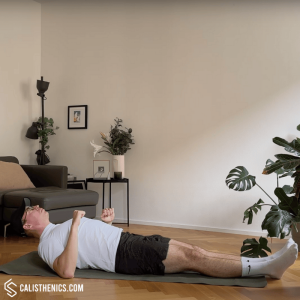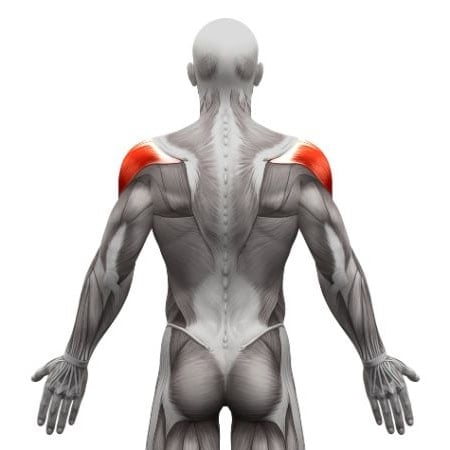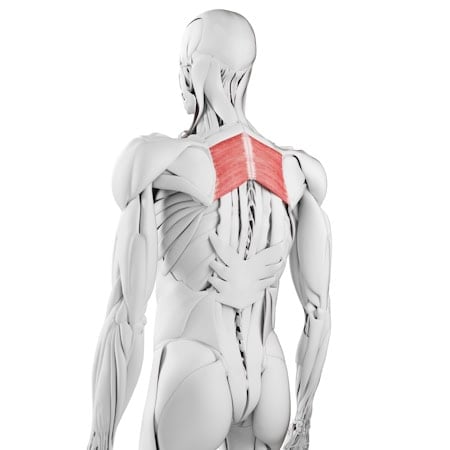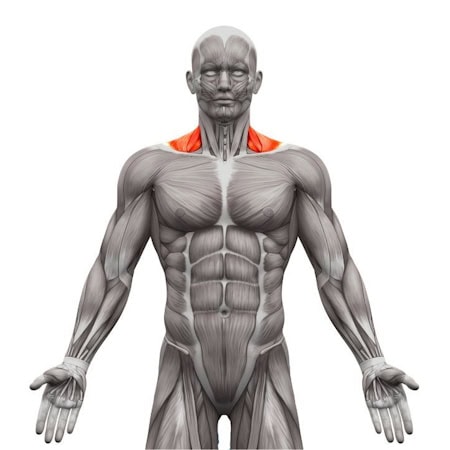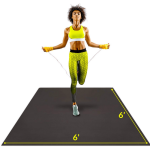Reverse Elbow Push-ups
How to do Reverse Elbow Push-ups?
Reverse elbow push-ups are an upper-body exercise that targets the rear deltoids, rhomboids, and upper back muscles. In this exercise, the athlete lies on their back and uses their elbows to push their torso off the ground, simulating the pulling motion of a row or pull-up. This exercise is an excellent alternative for those who don’t have access to a pull-up bar, providing a way to engage the back muscles using only body weight. Reverse elbow push-ups improve upper back strength, shoulder stability, and posture.
Steps to Perform a Proper Reverse Elbow Push-Up:
1. Set Up in a Supine Position:
• Lie on your back with your knees bent and feet flat on the ground, about hip-width apart. Your arms should be bent at your sides, with your elbows on the floor at a 90-degree angle and palms facing each other or down.
• Position your elbows close to your torso, and your hands should hover above the ground.
2. Engage Your Core and Upper Back:
• Engage your core by pulling your belly button toward your spine. Keep your upper back and shoulders engaged to prepare for the lift.
• Your head and neck should stay in a neutral position throughout the movement.
3. Push with Your Elbows:
• Exhale as you press your elbows into the ground, lifting your torso slightly off the floor. The lift should be driven by the muscles in your rear delts and upper back, not by your hips or legs.
• Squeeze your shoulder blades together as you push up, simulating the pulling motion of a rowing or pull-up exercise.
• Keep your elbows pressed firmly into the ground throughout the movement.
4. Lower Back Down:
• Inhale as you slowly lower your torso back to the starting position, maintaining control. Your back should lightly touch the floor, but don’t fully relax at the bottom.
• Keep tension in your upper back and shoulders throughout the movement.
5. Repeat the Movement:
• Perform the desired number of repetitions, keeping the movement slow and controlled for maximum muscle engagement.
Benefits of Reverse Elbow Push-Ups
• Strengthens the Rear Delts and Upper Back: This exercise specifically targets the rear deltoids, rhomboids, and trapezius, helping to build strength and improve posture.
• Improves Shoulder Stability: By engaging the muscles that support and stabilize the shoulder blades, reverse elbow push-ups help improve shoulder stability and reduce the risk of shoulder injuries.
• Mimics Pull-Up Movements: Reverse elbow push-ups simulate the pulling motion of pull-ups or rows, making them a great alternative for people who don’t have access to a pull-up bar.
• Enhances Core Strength: The core is engaged throughout the movement to stabilize the torso, improving overall core strength and stability.
• Corrects Postural Imbalances: Strengthening the muscles of the upper back and rear shoulders can help correct posture by counteracting the effects of rounded shoulders and slouching, especially in individuals who spend long hours sitting.
• No Equipment Needed: Reverse elbow push-ups require no equipment, making them a convenient and accessible exercise that can be performed at home, at the gym, or on the go.
• Low Impact: This exercise is gentle on the joints, making it suitable for individuals recovering from injury or those looking for a low-impact way to strengthen their upper body.
Common Mistakes to Avoid
• Using Momentum: Avoid jerking your torso up or using momentum to complete the movement. Focus on slow, controlled lifts driven by your elbows and back muscles.
• Lifting the Hips: Keep your hips and lower back on the ground throughout the movement. The focus should be on lifting your upper body using your back and shoulder muscles.
• Neglecting Shoulder Blade Engagement: Make sure to actively squeeze your shoulder blades together as you push with your elbows. This ensures that your upper back muscles are fully engaged.
• Rushing the Movement: Don’t rush through the exercise. Perform each repetition slowly and with control to maximize muscle engagement and reduce the risk of injury.
Tips for the proper execution of Reverse Elbow Push-ups
Engage the Upper Back: Focus on engaging your rear delts, rhomboids, and upper back muscles as you push your body off the ground. Avoid using momentum or relying on your lower body.
Squeeze the Shoulder Blades: Actively squeeze your shoulder blades together during the lift to fully engage the muscles in your upper back.
Controlled Movement: Perform the exercise slowly, especially when lowering yourself back down. This increases muscle engagement and helps you build strength more effectively.
Keep Hips Stable: Ensure that your hips and lower back remain on the ground throughout the movement. The focus should be on the upper body, driven by your elbows and back muscles.
Breathing: Exhale as you push your body up with your elbows and inhale as you lower back down. Proper breathing helps maintain control and stability during the exercise.
Muscles worked when doing Reverse Elbow Push-ups
Primary Muscles:
•Rear Deltoids: The rear part of the shoulder (posterior deltoids) is heavily engaged during the push, helping to lift the torso off the ground.
•Rhomboids: Located between the shoulder blades, the rhomboids help retract the shoulder blades and stabilize the upper back.
•Trapezius: The middle and lower trapezius muscles assist with shoulder stabilization and scapular retraction during the movement.
Secondary Muscles:
•Core: The abdominals and lower back muscles work to stabilize the torso and prevent unwanted movement.
•Lats (Latissimus Dorsi): Engage to support the upper back and assist in pulling movements.
Primary Muscle(s):
Secondary Muscle(s):
Adjust the difficulty of Reverse Elbow Push-ups
How to make Reverse Elbow Push-ups harder?
How to make Reverse Elbow Push-ups easier?
How to make Reverse Elbow Push-ups harder?
To make Reverse Elbow Push-ups harder:
-
Increase the Range of Motion: Lift your torso higher off the ground with each push, engaging your back muscles more intensely and increasing the difficulty.
-
Slow Down the Tempo: Perform the exercise more slowly, especially during the lowering phase, to increase time under tension and engage the muscles more deeply.
-
Lift your entire body up while only your heels and elbows touch the ground.
-
Increase Repetitions or Sets: Perform more repetitions (e.g., 12-15) or add additional sets to challenge your endurance and strength further.
How to make Reverse Elbow Push-ups easier?
To make Reverse Elbow Push-ups easier:
-
Reduce the Range of Motion: Perform smaller lifts by raising your torso only slightly off the ground. Gradually increase the height of the lift as your strength improves.
-
Use a Pillow or Towel: Place a small pillow or towel under your elbows to reduce the intensity of the exercise, allowing for a softer push and a gentler engagement of the back muscles.
-
Perform Fewer Repetitions: Start with a smaller number of repetitions (e.g., 5-6) and gradually increase as you build strength.

